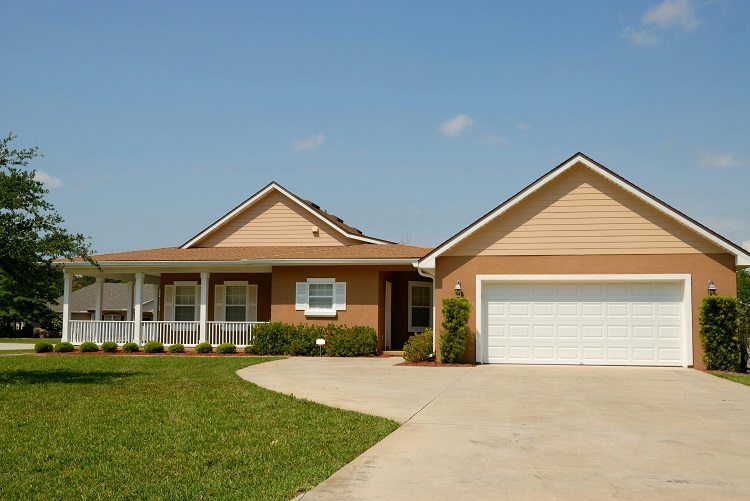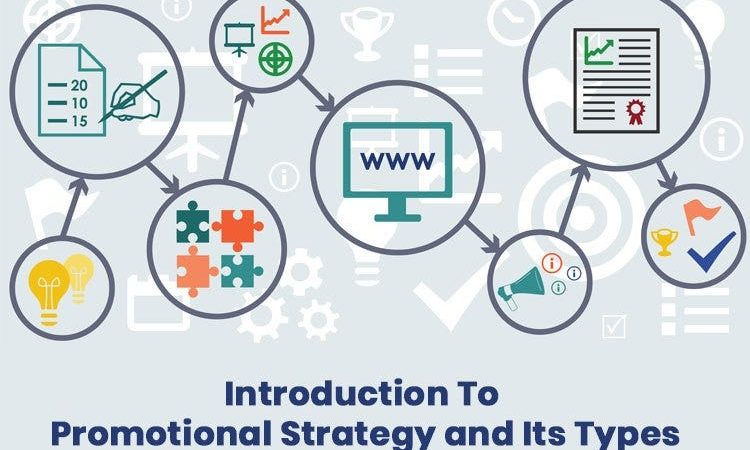Demystifying the Process: How Does a Reverse Mortgage Work?

Reverse mortgages have become an increasingly popular financial tool for retirees looking to tap into their home equity without having to make monthly payments. However, many people are still unsure about how reverse mortgages work and whether they are a good option for their financial situation. In this article, we will delve into the intricacies of reverse mortgages to help you understand the process better.
A reverse mortgage is a type of loan that allows homeowners aged 62 or older to convert part of their home equity into cash. Unlike a traditional mortgage where the borrower makes monthly payments to the lender, with a reverse mortgage, the lender makes payments to the borrower. The loan is repaid when the borrower permanently leaves the home, either by selling it, moving out, or passing away.
Types of Reverse Mortgages
Home Equity Conversion Mortgage (HECM): Insured by the Federal Housing Administration (FHA), HECM is the most common type of reverse mortgage. It offers various payment options, including fixed-rate, adjustable-rate, and line of credit, allowing borrowers to access their home equity while retaining ownership of their homes.
- Proprietary Reverse Mortgage: Offered by private lenders, proprietary reverse mortgages are not subject to FHA regulations and may have different eligibility requirements and loan terms. These loans are typically available to homeowners with higher home values and may offer larger loan amounts than HECM loans.
- Single-Purpose Reverse Mortgage: These loans are typically offered by state or local government agencies or nonprofit organizations and are designed for specific purposes, such as home repairs, property taxes, or home improvements. Single-purpose reverse mortgages have restrictions on how the loan proceeds can be used.
- Jumbo Reverse Mortgage: Similar to proprietary reverse mortgages, jumbo reverse mortgages are designed for homeowners with high home values. They allow borrowers to access a portion of their home equity above the maximum limit set by the FHA for HECM loans.
- Reverse Mortgage for Purchase: This type of reverse mortgage allows seniors to purchase a new primary residence using loan proceeds from the reverse mortgage. It can be a useful option for downsizing or relocating in retirement without the need for a traditional mortgage.
- Deferred Payment Loan (DPL): DPLs are offered by some state and local government agencies to assist low-income seniors with property tax deferral or home repair costs. These loans allow seniors to defer payment until certain conditions are met, such as selling the home or passing away.
How Does a Reverse Mortgage Work?
When you take out a reverse mortgage, you can choose to receive the loan proceeds as a lump sum, fixed monthly payments, a line of credit, or a combination of these options.
The amount you can borrow depends on your age, the appraised value of your home, current interest rates, and the type of reverse mortgage you choose. You continue to own your home and are responsible for paying property taxes, insurance, and maintenance costs.
Repayment of a Reverse Mortgage
As mentioned earlier, a reverse mortgage is typically repaid when the borrower permanently leaves the home. At that point, the loan balance becomes due, and the heirs or the estate can choose to repay the loan and keep the home, sell the home to repay the loan, or walk away from the home and allow the lender to sell it to repay the loan. If the home is sold for more than the loan balance, the remaining equity goes to the heirs or the estate.
Pros and Cons of Reverse Mortgages
Like any financial product, reverse mortgages have both advantages and drawbacks. Some of the benefits of a reverse mortgage include providing additional income during retirement, allowing you to stay in your home, and not having to make monthly mortgage payments.
However, there are also downsides to consider, such as accruing interest on the loan balance, potentially reducing the inheritance you leave to your heirs, and the fees and closing costs associated with the loan.
Is a Reverse Mortgage Right for You?
Deciding whether a reverse mortgage is the right choice for you depends on your individual financial goals and circumstances. It’s essential to consider factors such as how long you plan to stay in your home, whether you have other sources of income in retirement, and what you want to leave to your heirs.
Consulting with a financial advisor or a HUD-approved housing counselor can help you weigh the pros and cons of a reverse mortgage and determine if it aligns with your overall financial plan.
Conclusion
Reverse mortgages can be a valuable financial tool for homeowners aged 62 or older who are looking to supplement their income in retirement. By understanding how reverse mortgages work, the types available, and the repayment options, you can make an informed decision about whether a reverse mortgage is suitable for your financial situation.
Remember to carefully weigh the pros and cons and seek professional advice to ensure that a reverse mortgage aligns with your long-term financial goals.





